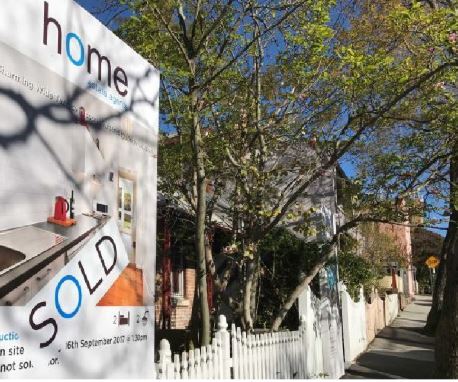
Australia is moving towards more energy efficient homes. But are we doing enough? We believe that Australia can target zero-carbon homes; the tricky part will be how to get there at the lowest possible cost.
Australia’s building energy standards are still very low: most developed countries exceed the equivalent of eight stars (the Australian Building Code (BCA) targets six stars). Many countries are turning to zero net energy or net zero carbon. Building codes in Europe, the United Kingdom, the United States and Asia are being revised to reach net zero carbon standards as early as 2016-2020.
In Australia, the Prime Minister’s Energy Efficiency Working Group asked whether the future of housing regulation should move in a similar direction. We are investigating whether the net zero carbon housing in Australia is technically feasible and economically sound.
Our research on the feasibility of a net zero-carbon home will be part of the work plan of the new Low Carbon Living Collaborative Research Center.
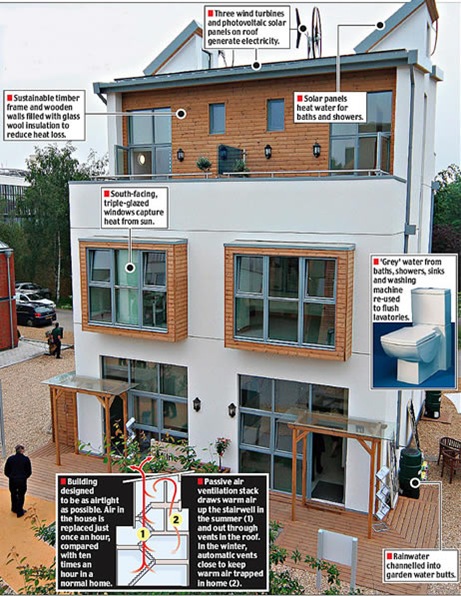
What is a zero carbon home?
What does a net zero carbon house mean? In the past few decades, engineers and architects have been creating houses, such as Freiburg solar houses in Germany or larger residential developments, such as the British BedZED, which have less impact on the environment.
Zero-energy homes, zero-carbon homes, zero-emission homes, carbon-neutral homes, mixed homes and autonomous homes are just some of the terms used to describe the same basic concepts. Everyone is talking about super energy-efficient homes that are designed to live in harmony with the local climate. They are filled with energy-efficient appliances and equipment and use renewable technology to generate electricity in or near buildings.
How do we define a zero carbon house? There are some important questions that can help us communicate what we mean. For example, we should measure the performance of energy or carbon terms; should it be calculated on an annual basis or on the life of a building; should the building be self-sufficient or connected to the local grid?
Building standards can be prescriptive or performance based. The prescriptive code might say “Installing insulation on the ceiling that is no less than R3”, while performance-based code might say “reaching 6-star performance” – allowing the builder to innovate for the right performance. Any definition used in performance-based regulations such as Australian Building Code is limited by three main characteristics:
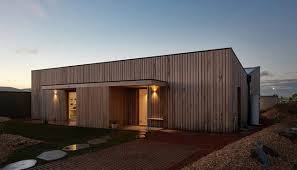
Target must be quantified
Performance must be verified using a simple test method.
The assessment must be provable, ie easily and reproducibly calculated by qualified and qualified personnel.
This means that our research uses the following definitions:
The net zero-carbon home generates enough renewable energy on site to provide all the expected on-site energy services to the home.
This is a very practical definition because: the calculation is based on the energy measured in the instrument box; the renewable energy technology can be verified by the building certification body at the construction site; the measurement is annual; the standard is based on the expected energy needs of the average household in the area – This can include climate differences.
Critics of our definition may argue that a complete life cycle assessment (LCA) approach, which calculates all the energy used to build, operate, and deconstruct houses, will give us the best understanding of the environmental impact of the home. However, there are currently no nationally or internationally recognized LCA assessment libraries or rigorously tested LCA assessment tools to allow the use of a complete lifecycle approach in building supervision. Therefore, if we are talking about the definitions that can be used today to establish regulation, then the definition is limited to the energy used to operate the home.

Lochiel Park Green Valley
To test the concept of a net zero carbon building standard, our research is based on detailed energy monitoring for residential housing in Lodiel Park Green Village, Adelaide. Upon completion, this suburban-scale development will accommodate a variety of building types, sizes and ownership arrangements for 106 homes.
All buildings follow a rigorous urban design guide, a set of performance requirements designed to create near-zero carbon houses in near-zero carbon development. The guidelines set minimum requirements, such as:
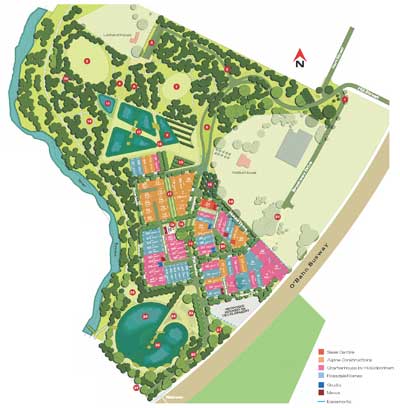
7.5 stars
Solar hot water, gas boost
1.0 kW peak PV array per 100 square meters of habitable area
High energy and water appliances
Low energy lighting (CFL and LED)
ceiling fan
rainwater collecting
Gray water harvest.
We have been recording energy and water consumption and measuring the energy used for heating and cooling, lighting, water heating, refrigeration, kitchen, laundry and photovoltaic panels.
In Australia, this level of monitoring of so many homes will for the first time give us a true understanding of when and where energy is used today. Because of the many different technologies installed in large family samples, as well as many different family types and sizes, the study will provide groundbreaking insights into the efficiency of various systems and the behavior of contemporary families.
Our research will quantify the actual impact of high-star building design, high-efficiency appliances and renewable energy systems on household demand during peak summer demand. This insight will allow peak load savings to be incorporated into economic tests that support Australian building standards, thereby increasing the economic viability of higher standards.
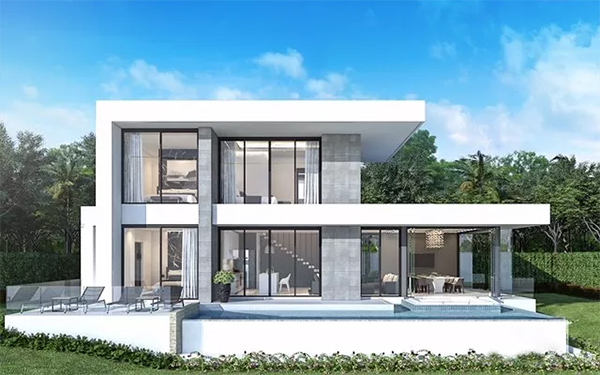
So is the zero carbon plan just a zero carbon house?
Although the monitoring work is only two years of planning the nine-year plan, we have seen a strong trend. For example, Lochiel Park’s home uses far less energy than South Australia’s average home, which is equivalent to one-third of the energy used to operate the same new home. This is a significant savings for the Lochiel Park family.
The energy performance during the summer heat wave peak is very good. The power demand in the Lochiel Park home is not only significantly reduced, but – due to excellent thermal comfort – peak demand later in the day helps to ease Adelaide’s electrical load.
Due to the production of renewable electricity from solar panels, many of Lochiel Park’s operations are at or near the expected performance of a net zero carbon home. Detailed monitoring will help us understand what elements of the guide can be improved to provide an average cost-effective net zero carbon standard for all new residential buildings.
For more information on high-performance housing, see the book “Creating a Sustainable Community in a Changing World” by the Barbara Hardy Institute at the University of South Australia.
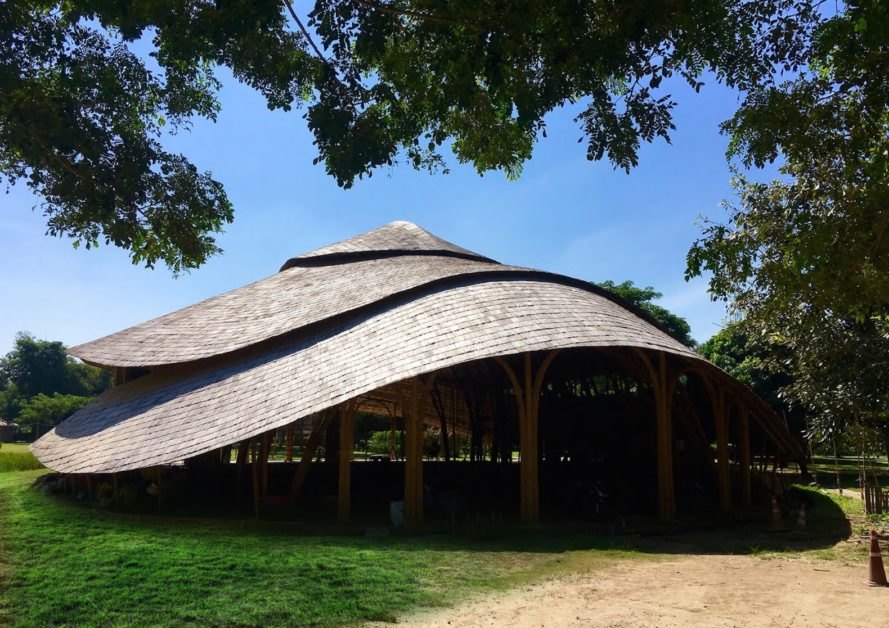
Https://theconversation.com/getting-practical-with-push-for-zero-carbon-homes-5301
